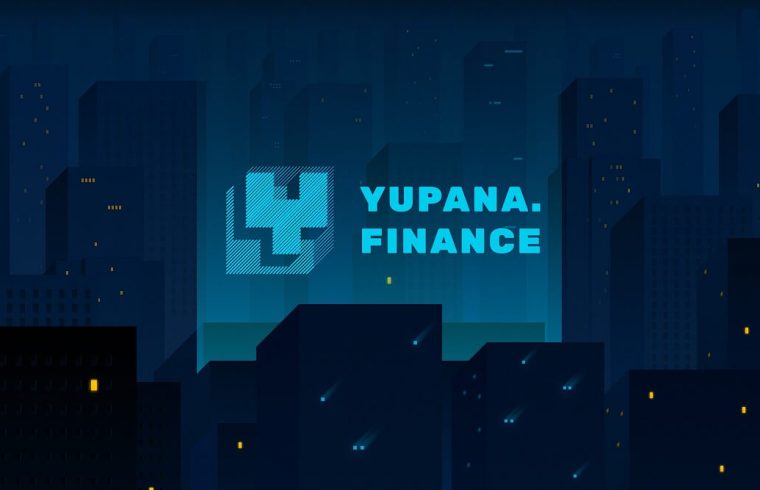Yupana, which aims to provide a similar experience to Aave or Compound, currently supports TEZ, cTEZ, kUSD, tzBTC, uUSD, and uBTC.

Estonia-based software development company Madfish Solutions has announced the launch of the first full-fledged lending protocol on Tezos, Yupana.Finance.
Madfish is specialized in the Tezos ecosystem, having previously created other projects, including QuipuSwap DEX and Temple Wallet, which are reportedly used by almost 200,000 users of the Tezos DeFi sector.
The launch of Yupana.Finance marks a milestone for the Tezos community as it brings an open-source, decentralized, non-custodial lending protocol to Tezos users with the same features seen in other popular DeFi ecosystems, allowing them to borrow, lend, and earn rewards.
Lenders provide liquidity and receive passive income, while borrowers take over collateralized loans. In turn, liquidators are incentivized to close insufficient collateral positions to keep the platform running.
A new level of experience inside the Tezos DeFi ecosystem
Sophia Gorban, Product Owner at Yupana.Finance, commented: “We’ve worked hard to provide a full-fledged liquidity protocol and I hope that users will enjoy a new level of experience inside the Tezos DeFi ecosystem, which has now become complete and comprehensive.”
According to Madfish, Yupana.Finance was tested extensively with the entire community’s help before being launched on the Tezos mainnet. Anyone can now interact with the lending protocol’s tools.
Yupana, which aims to provide a similar experience to Aave or Compound, currently supports TEZ, cTEZ, kUSD, tzBTC, uUSD, and uBTC.
Tezos upgrade Ithaca 2 introduced near-instant finality
The launch of Yupana.Finance follows the recent release of a major upgrade to the Tezos blockchain, Ithaca 2.
The upgrade introduced a new consensus mechanism, Tenderbake, which brings several improvements. This includes so-called “near-instant finality,” which offers the absolute certainty that transactions cannot be reversed after two blocks.
Tenderbake replaces the older consensus algorithm, known as Emmy, which will further enable faster transactions and smoother-running applications on Tezos. Replacing the consensus mechanism with Tenderbake is in itself a major milestone for the network, as it defines the new rules by which Tezos bakers decide the state of the ledger – a core function of a blockchain.
The Ithaca 2 upgrade also prepares the Tezos protocol for scalability plans such as a shift away from a roll-based model to an optimized stake-based model. As noted in the press release, other benefits include supporting rollups for WebAssembly and EVM compatibility with pre-checking, a lightweight validation scheme for the mempool which will increase overall throughput.
Specifically, Tezos revealed that Tenderbake achieves shorter block times to as low as 1 second or less, which brings the open-source protocol in line with Visa’s TPS levels without sacrificing decentralization.
Distinct from Tezos’ Emmy+ algorithm, Tenderbake will reduce the requirement to become a network validator (baker) by 25% from 8,000 tez to 6,000 tez.












